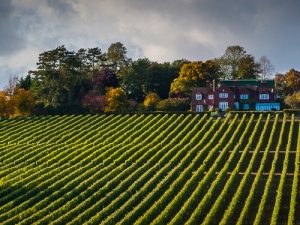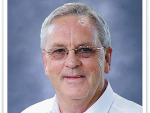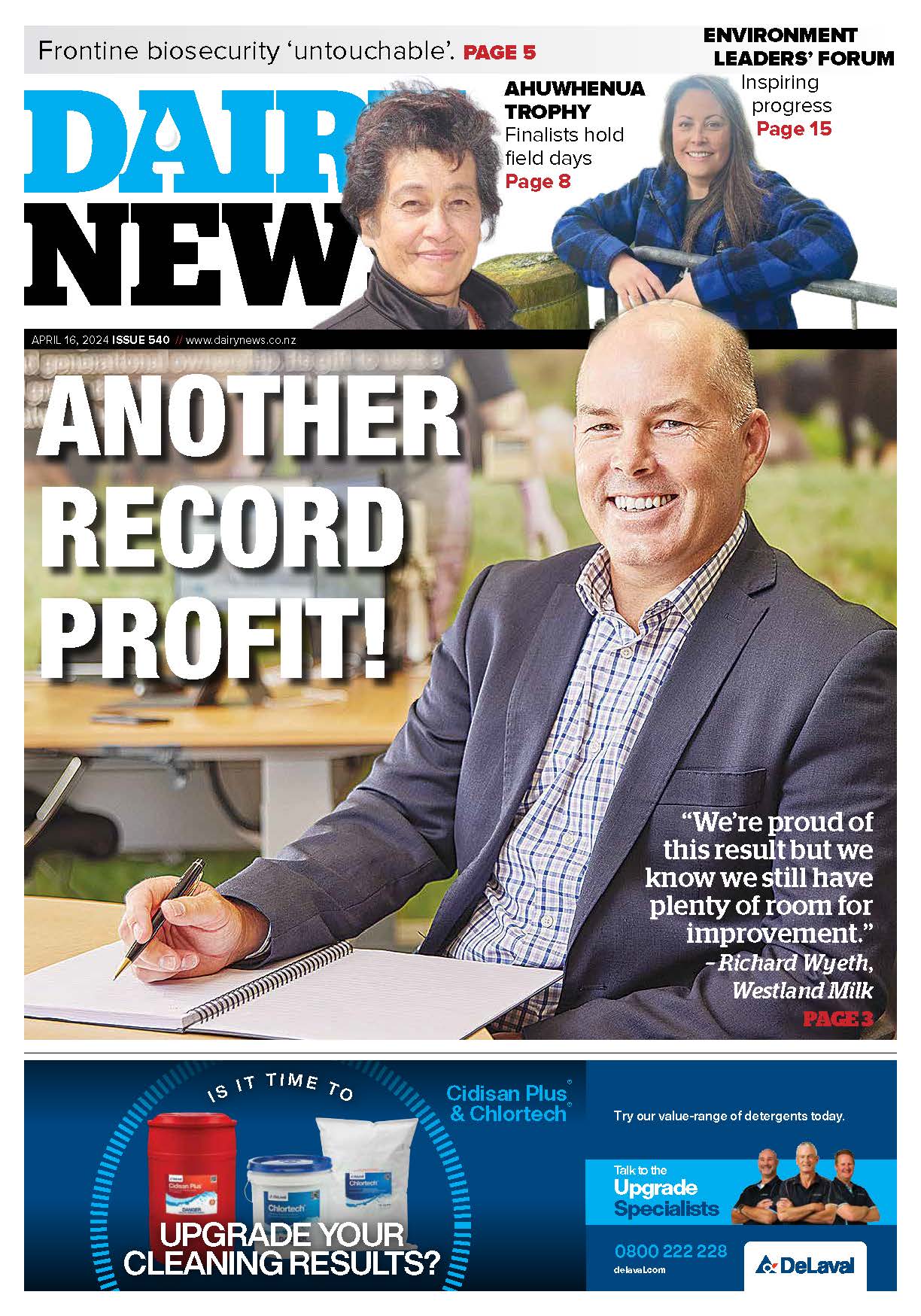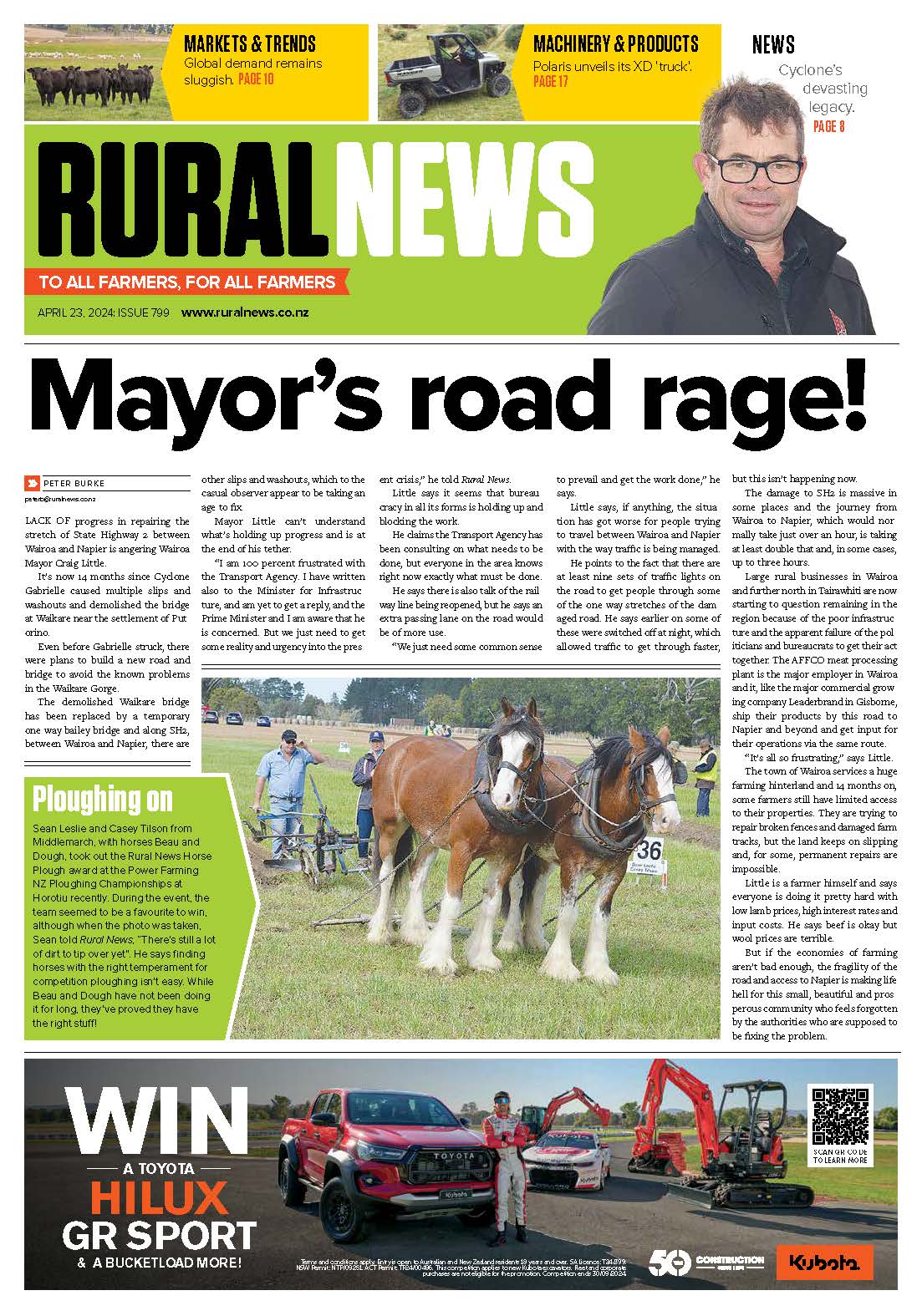Just a few hundred kilometers away from Champagne, France, the UK has never had much reason to take on the French in sparkling wine production. Champagne has the history, the prestige, the market, and the taste to keep lovers of bubbles across the world under its marvellous spell.
In the last few years, however, there's been a sea change in the UK wine production industry. All of a sudden, and seemingly out of nowhere, English sparkling wines were emerging on the local market, and they were good.
So good, they soon began to gain accolades. Nyetimber Classic Cuvée 2010 from Sussex and Hambledon Classic Cuvée 2010 from Hampshire were beating out Tattinger and Pol Roger in blind tastings. Ridgeview in Sussex began to win awards, starting with Best sparkling (including Champagne) at the Decanter World Wine Awards in 2010.
Fast forward six years and English bubbles is being served by the Queen to Chinese President Xi Jinping in London, and at receptions for the 2016 Academy Awards in Los Angeles. Just how, exactly have the English done it?
The English sparkling wine success story began in a completely different way to that of New Zealand's renowned bubbles producers.
In the 1980s, feeling constrained by the physical boundaries of Champagne, French winemakers began fishing around New Zealand (and other parts of the New World such as the US), to embark on agreements to share Champagne methods with local winemakers, using local grapes. The Montana/Deutz sparkling is the most well-known success story: The result of 10 years of consultation, acquisition of specialist equipment such as the Coquard wine press, and finally the first New Zealand Deutz Marlborough Cuvee in 1990.
Pioneering English sparkling producer Ridgeview, conversely, had to go about it a different way because of the industry adversity to planting on British land.
After discovering in 1995 that the soil on his Sussex property was similar to that in Champagne, wine-mad Englishman Mike Roberts planted vines in the hope that Sussex's oceanic climate (warm days but cold nights in summer) would be ripe for acidic grapes suitable for Champagne production.
Roberts was told by expert winemakers, however, that it would never happen. While he wanted to produce Chardonnay, Pinot Noir and Pinot Meunier grapes, he was particularly warned about the Chardonnay grapes. They couldn't be grown with the English climate, they said; it was just too cold.
Twenty years later, it's Ridgeview's sparkling that the Queen is serving at Buckingham Palace (Ridgeview Grosvenor 2009), and the company has been contracted by major British retailer Marks & Spencers to make its in-house fizz. It appears that, amongst the centuries of reputation that prevented English wine from flourishing, it was merely a trial-and-error process of understanding what its terriors can give that was needed for English sparkling to find its footing.
As noted, the similarity in soil between Southern England and the Champagne region took some time to discover, as did the specific chalky sites that would produce the best crop for sparkling. The terrior was always there, of course, it's just that nobody was ever looking.
Once confidence began to grow, so to speak, English winemakers utilised the world's sparkling technologies. "There are many areas where technology can be embraced while still respecting a traditional approach," says Alastair Keeble, senior brand manager for Nyetimber.
"Examples include our Coquard PAI presses – state of the art, but the gentlest on the market and they yield the purest, finest juice. Another example would be the weather stations we have in place in each of our sites, enabling optimisation of all aspects of our approach to the vine cultivation."
Importantly, Keeble believes New World sparkling producers – which includes Kiwi sparkling winemakers – should find ways to do things differently than the French. "In the winery there are several interesting areas where technology can be used, including diam corks, and jetting to control oxygen uptake during disgorging," he says. "We were among the first sparkling producers on either side of the Channel to adopt these."
The promising results from the likes of Nyetimber and Ridgeview have seen the French come running. In December 2015, for example, Tattinger purchased 69 hectares in Kent and plans to fill its first bottles from UK grapes in five years time.
The success of English sparkling wine has come down to a strategy that may be difficult to replicate in New Zealand, but Kiwi sparkling producers may be able to take something from the British story. "The common theme is finding people that were excellent at their craft," says Keeble, explaining the benefit of New World wineries employing Champagne-trained winemakers, not just using them as consultants.
Hambledon Vineyard has done the same. "Our head winemaker Hervé Jestin has overseen the production of more than 200 million bottles of Champagne and sparkling wine during his career," says managing director Ian Kellett. "Formerly chef des caves at Champagne Duval Leroy for over 20 years, Hervé was originally recommended by Hubert de Billy, a director of Pol Roger, and was widely considered to be one of the best winemakers in the Champagne region."
There is room to do things differently than the French, though, which is one of the ways Nyetimber has found success in its product. "The core elements of the traditional method were made famous in Champagne, and these are present at Nyetimber, but we aren't bound by any rules, so we adapt where it is to our advantage," says Keeble. "For example we have developed our own way of fractioning juice during pressing."
Hardware is perhaps best sourced from champagne for any New World winemaker, the English producers agree. "A lot of the bespoke sparkling winemaking equipment comes from Champagne," Keeble says. "There is a critical mass there that draws in all of the most innovative manufacturers and developers. Therefore the key equipment related to sparkling production (tanks, tirage line, gyropallettes, disgorging line) are all from France."
Unlike Méthode Traditionelle brands in New Zealand, the popular set of English sparking producers have positioned their product at the same price point as standard commercial Champagne, that is, around £30 (NZD$63) per bottle.
While many Brits scoff at this, as many Kiwis would if Daniel Le Brun ran at $60 a bottle, there's a strategic reason for it. According to Kellet, the huge investment in English sparkling wine in the last decade is because winemakers see it paying off in the near future.
Kellet says: "It's a growing market. English sparkling wine only accounts for 1.5 per cent of the UK sparkling wine market and with Champagne constantly increasing in price there's a growing gap in the £20-£30 price bracket. We aim to fill that."
Of course, the copious awards at blind tastings (from Decanter to the International Wine and Spirits Competition), where English bubbles beat out Champagnes, help in rationalising this price point. But even with the taste and flavour of English sparking wines levelling up to (and sometimes beyond) Champagnes, there's still one key problem: Image.
For that reason, Nyetimber and many of the other premium UK sparkling producers have undergone huge rebranding efforts to visually line up when placed on shelves with their counterparts from across the Channel, something Kiwis could replicate easily themselves. Other brands, such as Kent's Gusbourne, have focussed aggressively on positioning themselves in the luxury market with product launches at London's esteemed private members' clubs.
Then, naturally, there's the British patriotism from influencers who have been able to boost confidence in local product. Though the Queen's example with the Chinese president is the most recent, this actually began back in 2011 with the wedding of the Duke and Duchess of Cambridge, who served Kent-grown Chapel Down sparkling at their reception.
Even though we're part of the Commonwealth, unfortunately we can't rely on the prestige of the Royal Family for endorsement of Kiwi sparklings. From these examples, though, we can see how valuable support from local "royals", i.e. Kiwi public personalities with strong reputations, could benefit the New Zealand sparkling industry as a whole.
Though none of the English sparkling winemakers have formal links with Kiwi brands, they do encourage contact with them. "We do always engage whenever we can with visiting winemakers," says Keeble. "They don't necessarily need to be sparkling producers though – just winemakers that respect the craft and do what they can to achieve the best possible quality."










